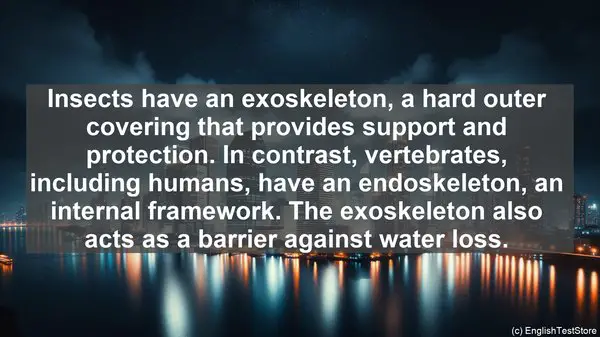Introduction to Forest Entomology
Welcome to our forest entomology series. Today, we’re going to dive into a topic that often leads to confusion – the terminology. Let’s get started!
1. Beetle vs. Bug
While both beetles and bugs are insects, they belong to different orders. Beetles have hard wing covers, while bugs have half-hard, half-membranous wings. So, the next time you spot a shiny insect, think twice before calling it a bug!
2. Larva vs. Nymph
Larvae and nymphs are the early stages of insects. Larvae, like caterpillars, often have distinct body forms, while nymphs, such as those of dragonflies, resemble miniature adults. Knowing the difference helps in understanding an insect’s life cycle.

3. Pupa vs. Cocoon
When an insect undergoes metamorphosis, it enters the pupal stage. A cocoon, on the other hand, is a protective silk covering spun by certain insects, like moths. So, while all cocoons contain pupae, not all pupae are inside cocoons!
4. Parasite vs. Predator
Parasites, like ticks, live on or inside their host, often causing harm. Predators, such as ladybugs, actively hunt and feed on other insects. Understanding their roles in the ecosystem is crucial for pest management strategies.
5. Gall vs. Nest
Galls are abnormal growths on plants, often caused by insects. They serve as both shelter and food for the insect. Nests, on the other hand, are constructed by social insects, like bees, as a communal living space. Each has its unique purpose.
6. Exoskeleton vs. Endoskeleton
Insects have an exoskeleton, a hard outer covering that provides support and protection. In contrast, vertebrates, including humans, have an endoskeleton, an internal framework. The exoskeleton also acts as a barrier against water loss.
7. Herbivore vs. Omnivore
Herbivores, like caterpillars, feed solely on plants. Omnivores, such as ants, have a varied diet, including both plant and animal matter. This distinction is important when studying an insect’s impact on the surrounding vegetation.

8. Chrysalis vs. Cocoon
While both chrysalises and cocoons are associated with the pupal stage, they differ in structure. A chrysalis is the hard, smooth casing formed by butterflies, while a cocoon is the silk enclosure spun by moths. Nature’s architectural wonders!
9. Antenna vs. Antennae
The plural of antenna is antennae. These sensory organs play a crucial role in an insect’s perception of the environment. From detecting pheromones to sensing vibrations, they’re the insect’s equivalent of our five senses.
10. Invasive vs. Native
Invasive species, like the emerald ash borer, are non-native organisms that cause harm to the ecosystem they invade. Native species, on the other hand, naturally occur in a particular region. Understanding the distinction helps in conservation efforts.
